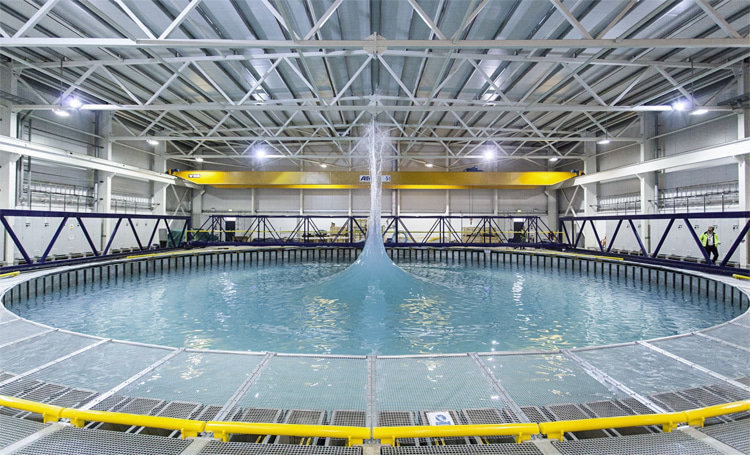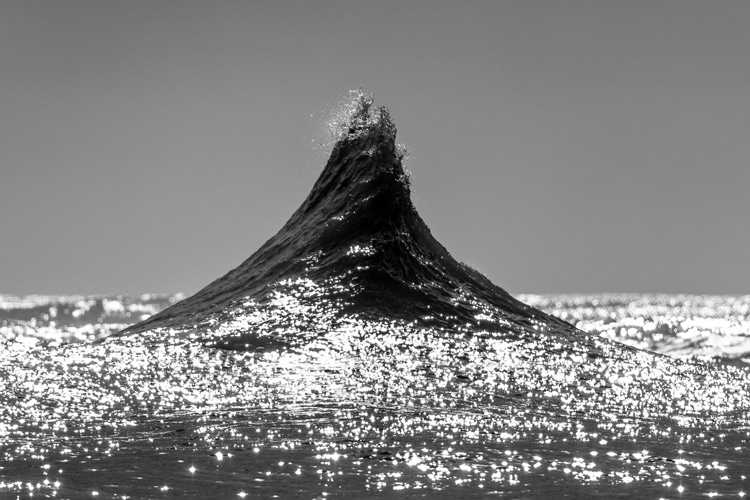The way we think about waves is changing.
A joint research from the University of Oxford, the University of Manchester, the University of Edinburgh, and University College Dublin produced some surprising conclusions about ocean waves.
Three-dimensional (3D) waves form when ocean waves spread out in multiple directions rather than just moving unidirectionally.
The phenomenon is commonly known as "cross sea" or "square waves," where different wave systems meet and overlap.
It occurs, for instance, when the wind shifts direction or during extreme weather events like hurricanes, causing waves to intersect and create complex, unpredictable patterns on the ocean's surface.
Scientists concluded these 3D can be much steeper and break for much longer than previously thought.
Advances in three-dimensional modeling allowed researchers to produce stunningly accurate depictions of a wave's surface structure.
The findings published in Nature revealed that wave heights can potentially reach limits never previously considered.
Researchers, led by M. L. McAllister, looked at the directional spreading of waves - a special circular tank called FloWave was built for simulations - which influences how wave energy is distributed and what directional patterns they follow after impact.
Capturing the tank waves in three dimensions led to clear pictures of ocean energy exchange and wave interaction.
Three-dimensional modeling gave the team a glimpse of the forces affecting the waves beneath the waterline.
The artificial ocean waves allowed the researchers "to examine the full range of 3D wave-breaking phenomena and capture the physical mechanisms of wave breaking."
It also brought them to their big finding: previous assumptions about ocean waves were way off.

Wave Forecasting Revolution
According to the study titled "Three-dimensional wave breaking," ocean waves can be much larger and steeper and act in ways that were not thought possible.
Waves can be "80 percent steeper than at breaking onset and four times steeper than equivalent two-dimensional waves at their breaking onset," McAllister said.
The research has important applications for the future of wave forecasting.
The models give us a better understanding of how ocean waves form, break, and interact.
They inform us how energy dissipation affects their direction.
Scientists also believe this new research could change how we design and construct ocean infrastructure, such as offshore windmills and oil rigs.
Both designs are heavily influenced by the highly directional and oftentimes unpredictable ocean waves that apply significant stress to the structures.
"Unlike in 2D, waves can exceed the onset steepness at which wave breaking first occurs," McAllister said.
"This has significant implications for understanding extreme-wave formation, which in turn has implications for the design of offshore structures, as wave breaking typically curtails crest-height exceedance probability distributions."
Reliable ocean infrastructure and safe ocean travel rely on our ability to accurately predict ocean wave conditions.
Edinburgh's technology now allows us to better predict how waves form, break, and travel so that we can adapt how we interact with the seas.
A more predictable ocean may not be as seductive to those working and playing there, but it will surely be safer.
Words by Max Van Rees


